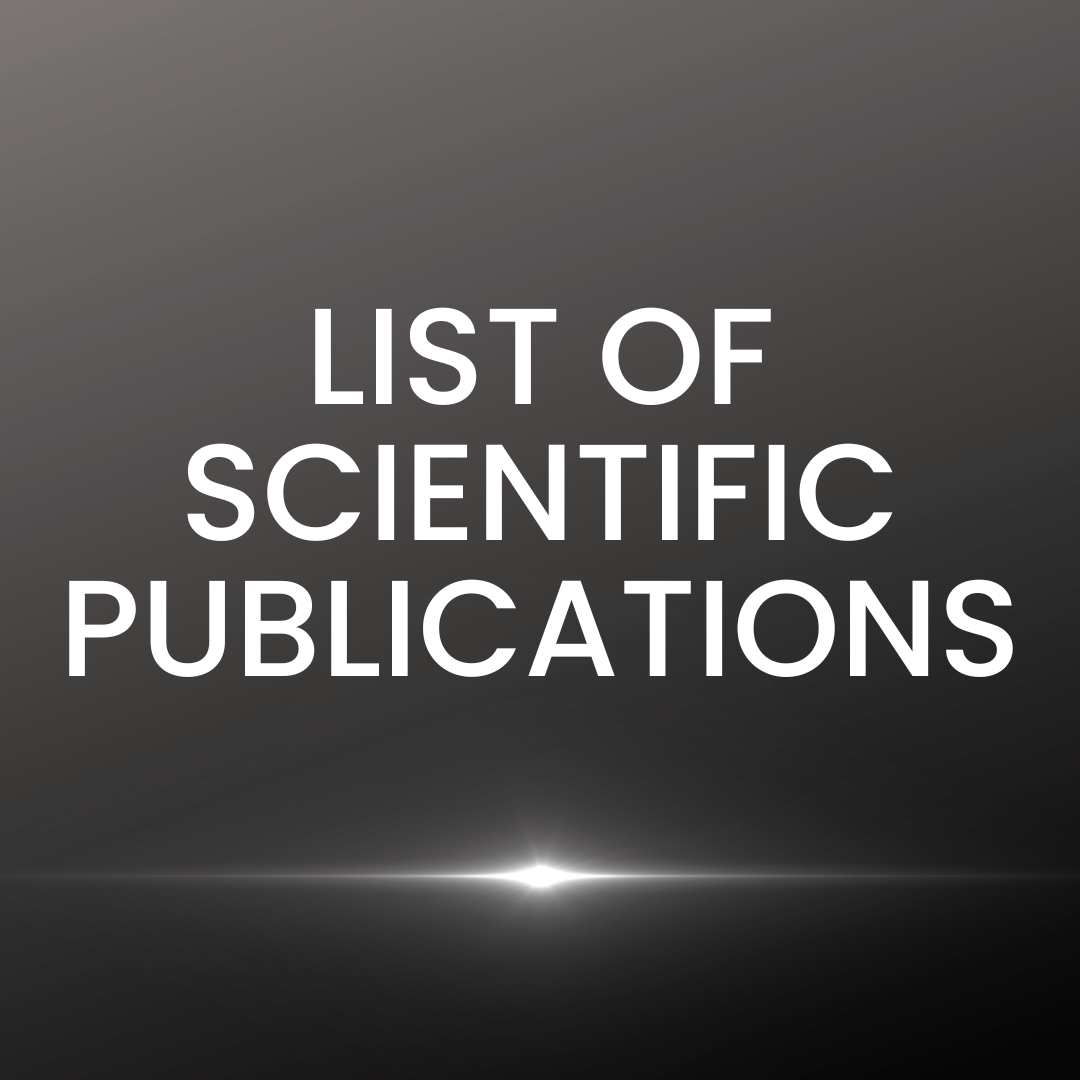
 Web Content Display
Web Content Display
SOLARIS centre
 Web Content Display
Web Content Display
 Web Content Display
Web Content Display
New application possibilities for antiferromagnetic materials.
Researchers from DEMETER beamline together with researchers from the Madrid Institute of Ceramics and Glass and Spanish National Research Council in the Ultramicroscopy journal described a method for producing thin layers of the antiferromagnet NixCo1-xO on a Ru(0001) substrate. The properties of mixed nickel-cobalt oxides were investigated using X-ray Photoemission Electron Microscopy (XPEEM) at the Alba synchrotron in Barcelona.
Antiferromagnetic materials (AFMs) have garnered significant interest in recent years due to their potential applications in modern electronics, thanks to their advantageous properties such as a zero net magnetic moment. As a result, these materials are nearly immune to external magnetic field perturbations. Over the past decade, it has been realized that antiferromagnets offer more than just being passive elements in systems with ferromagnets. For instance, they exhibit high-frequency dynamics (in the THz regime) and display significant spin-orbit and magnetotransport effects. However, in order to fully exploit their numerous potential applications, antiferromagnetic materials in thin film or nanostructured form are often required, presenting a substantial challenge.
The structures prepared by molecular beam epitaxy method exhibit high crystalline quality, directly influencing their magnetic properties. To examine the influence of nickel content on the magnetic properties of cobalt oxide, several samples were prepared with varying stoichiometry, i.e., different ratios of Ni to Co atoms. These samples were then studied using X-ray Magnetic Linear Dichroism (XMLD) to determine the distribution of antiferromagnetic domains. The obtained results demonstrated that the nickel content in NixCo1-xO structures affects the arrangement of antiferromagnetic domains, rotating the spin vector within the sample plane. This observation opens up new possibilities for controlling the spin vector through changes in the system's stoichiometry.
Fig. 1. Experimental XMLD PEEM images obtained for Ni0.5Co0.5O at the Ni L2 edge with linear (a) horizontal and (d) vertical photon polarization. Polar plots of the experimental L2 ratio for all measured directions within the (111) plane acquired with linear (b) horizontal and (e) vertical polarizations, extracted from the single domain marked in the corresponding XMLD image. (c) and (f) show the calculated L2 ratio for the given spin vector [011] in the (111) plane and out-of-plane.
Written by: Anna Mandziak
Link to the publication:
A. Mandziak, P. Nita, J. de la Figuera, A. Quesada, A. Berja, A. Granados-Miralles, Effect of Ni substitution on the antiferromagnetic domains of cobalt oxide, Ul-tramicroscopy, 253(1), 113795(2023) doi: 10.1016/j.ultramic.2023.113795
